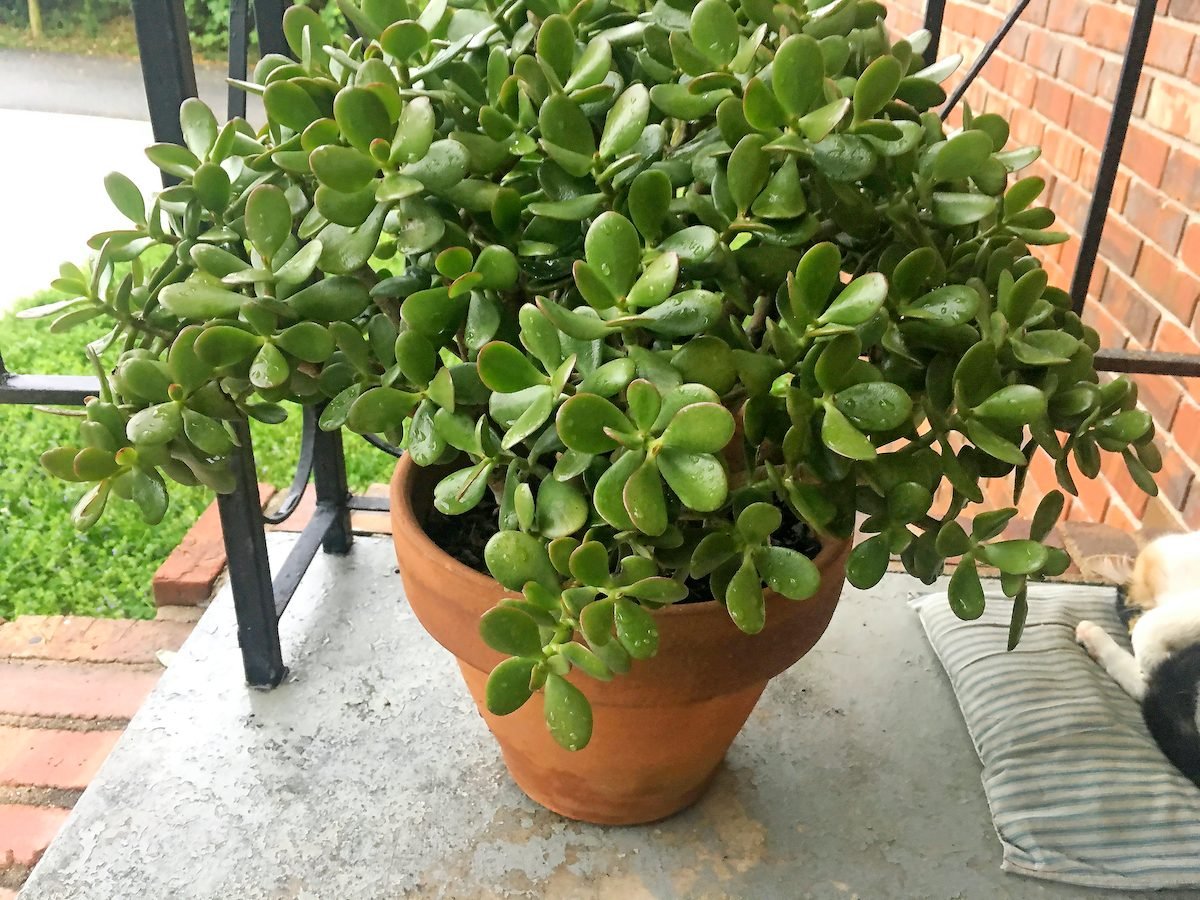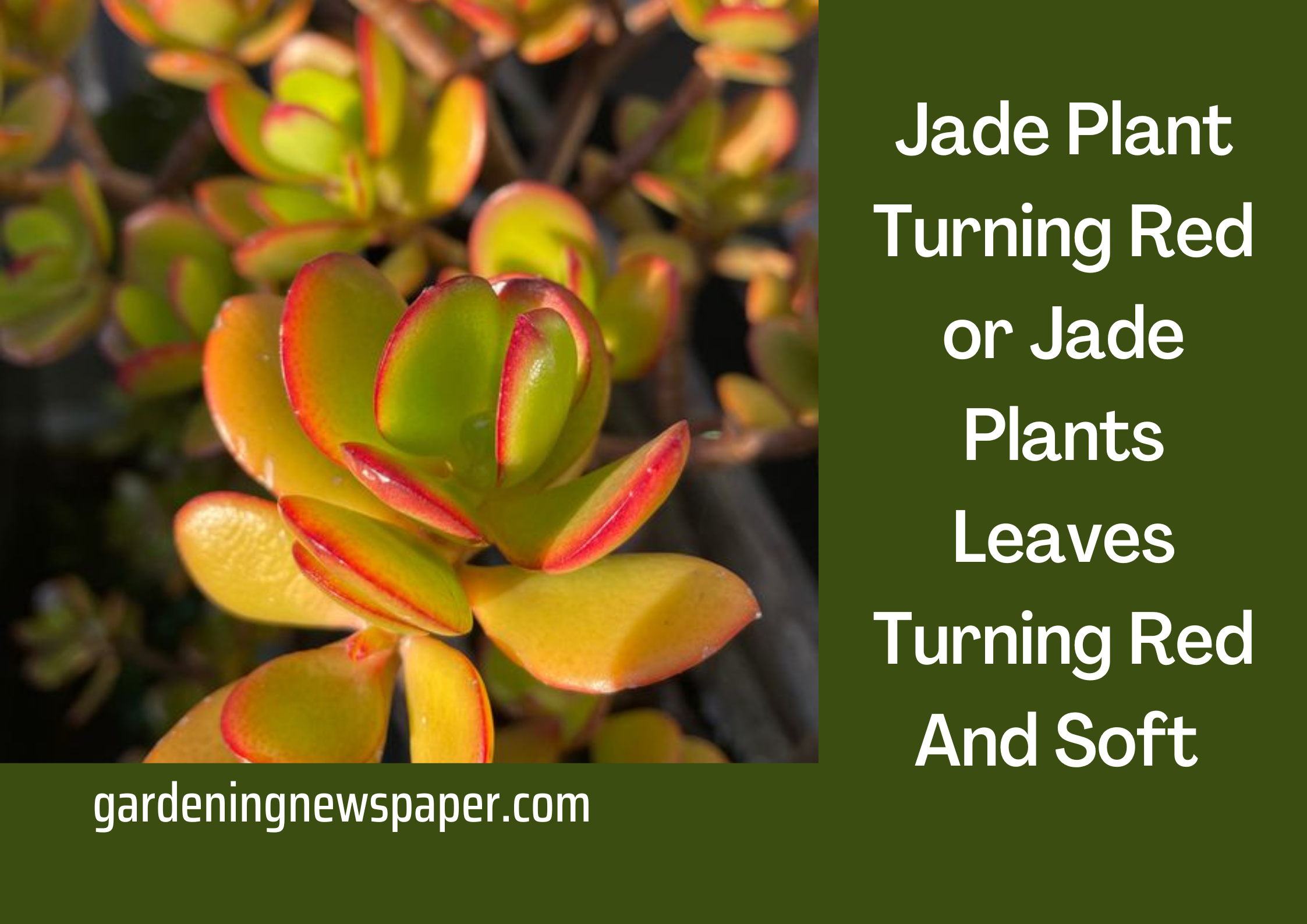Jade plant turning red – The jade plant, known for its vibrant green foliage, can sometimes turn red, leaving many plant enthusiasts wondering about the reasons behind this color change. In this article, we will delve into the physiological, environmental, and pest-related factors that can contribute to jade plant reddening, providing insights into the underlying mechanisms and practical solutions to address them.
From the influence of light intensity and temperature on anthocyanin production to the impact of drought stress and nutrient deficiencies, we will explore the complex interplay between internal and external factors that shape the coloration of jade plants. Additionally, we will identify common pests and diseases that may cause reddening and provide recommendations for effective diagnosis and treatment.
Physiological Causes of Reddening: Jade Plant Turning Red

The physiological causes of reddening in jade plants are primarily due to the production of anthocyanins, which are pigments that give plants their red, purple, and blue hues.
Anthocyanin production is influenced by several factors, including light intensity and temperature. High light intensity and cool temperatures promote anthocyanin production, leading to the reddish coloration in jade plants.
Light Intensity
Light intensity plays a crucial role in anthocyanin production. When exposed to high light intensity, jade plants produce more anthocyanins as a protective mechanism against harmful UV radiation. The increased anthocyanin content results in the reddish pigmentation.
Temperature
Temperature also affects anthocyanin production. Cool temperatures, particularly during the night, trigger the production of anthocyanins in jade plants. This is because cold temperatures inhibit the breakdown of anthocyanins, allowing them to accumulate in the plant’s tissues.
Other Plants Exhibiting Similar Color Changes
Reddening due to physiological factors is not unique to jade plants. Other plants that exhibit similar color changes include:
- Japanese maple trees
- Coleus plants
- Red cabbage
Environmental Stressors
Environmental stressors can also trigger reddening in jade plants. These include:
Drought Stress
When jade plants experience drought stress, their leaves may turn red as a defense mechanism. This is because drought stress causes the plant to produce more anthocyanins, which are pigments that give plants their red color. Anthocyanins help to protect the plant’s leaves from the sun’s harmful UV rays.
Nutrient Deficiencies, Jade plant turning red
Nutrient deficiencies, such as nitrogen or phosphorus, can also contribute to reddening in jade plants. Nitrogen is essential for chlorophyll production, and phosphorus is essential for energy production. When these nutrients are deficient, the plant may not be able to produce enough chlorophyll, which can cause the leaves to turn red.
Extreme Temperatures
Extreme temperatures, both hot and cold, can also affect the coloration of jade plants. Hot temperatures can cause the leaves to turn red as a defense mechanism against sunburn. Cold temperatures can also cause the leaves to turn red, as the plant produces more anthocyanins to protect itself from the cold.
Pests and Diseases

In addition to environmental stressors, pests and diseases can also cause jade plants to turn red. Identifying and addressing these issues promptly is crucial to ensure the plant’s health.
Spider Mites
- Spider mites are tiny, spider-like creatures that feed on plant sap, causing leaves to turn red, yellow, or brown.
- They can be identified by the presence of fine webbing on the undersides of leaves.
- Treatment involves using insecticidal soap or neem oil.
Mealybugs
- Mealybugs are small, white, cottony insects that attach themselves to stems and leaves, sucking the plant’s sap.
- They can cause leaves to turn red, yellow, or brown, and can also lead to stunted growth.
- Treatment involves using rubbing alcohol or insecticidal soap to remove the insects.
Fungal or Bacterial Infections
- Fungal or bacterial infections can also cause jade plants to turn red, often accompanied by other symptoms such as wilting, leaf spots, or root rot.
- Treatment involves identifying the specific pathogen and using appropriate fungicides or bactericides.
Diagnosis and Treatment
To diagnose and treat pest or disease issues, it is important to observe the plant closely for any signs of infestation or infection. If pests are present, use appropriate insecticidal treatments. If fungal or bacterial infections are suspected, consult a plant specialist or consult reliable online resources for proper diagnosis and treatment recommendations.